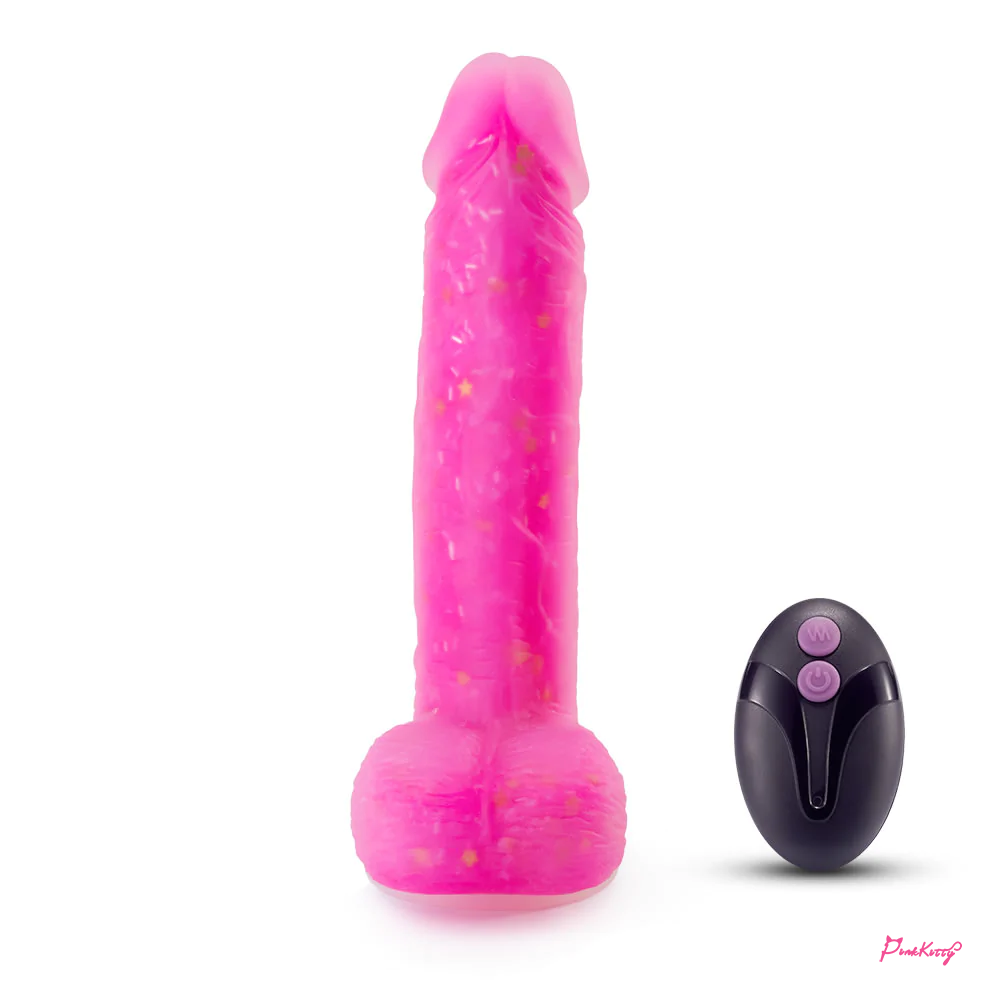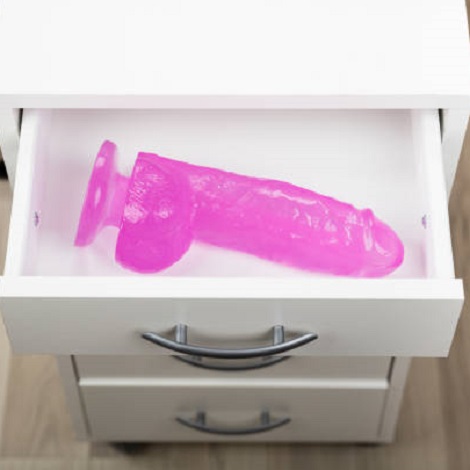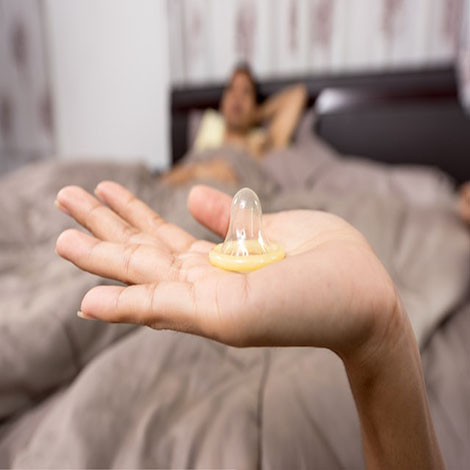In order to prevent the spread of bacteria or sexually transmitted diseases, it is crucial that sex dildo be cleaned properly after use. However, some STIs (including scabies and hepatitis) can survive for weeks or months outside the body if their sustaining fluid is not constantly replenished. If you don't want to get pregnant, you should also wash the sex toy thoroughly and dry it thoroughly before using it near or in the vaginal area. Keep the care instructions for the sex item and use them as directed. Consider looking elsewhere for a toy if you don't think you'll be able to devote the necessary time and effort to giving it a thorough cleaning. Please note that the following guidelines are just meant to serve as a basic overview for cleaning various types of dildo and not as a replacement for the manufacturer's instructions. Taking out the batteries is a necessary first step in maintaining your toy. Electrical parts should never be immersed in water. To disinfect your electronic playthings, wipe them down with antibacterial soap and a damp washcloth. Dildo should be kept in a clean, dry, and cool area in a bag or box.
- Type of Material:
- Using scalding water as a disinfectant
- How to Clean A Dildo: Digital Skin Dildo
- How to Clean A Dildo: Metal Dildo
- How to Clean A Dildo: Glass Dildo
- How to Clean A Dildo: Latex Dildo
- How come I need to clean my sex objects?
Type of Material:
A vibrator can occasionally be found at a ridiculously low price on the internet. It's understandable to want to take advantage of an offer with savings this large. However, such sex dildo are typically produced from low-quality materials like plastic (also referred to as "PVC" in product descriptions). Dildo that are very cheap are sometimes referred to as "jelly," which is shorthand for jelly rubber. Educator, reviewer and founder of Cripping Up Sex with Eva Eva Sweeney advises against using jelly dildo due to the difficulty in cleaning them and the resulting spread of germs. In addition to being porous, which makes it difficult to remove bacteria, this also makes it difficult to clean. So, which materials are typically employed that is both secure and simple to maintain? "Nonporous materials are preferable because they are easier to clean and disinfect than porous materials, which can trap infectious fluids. Silicone, glass, and metal are just some examples of these "So, Bard explains. These dildo may be more expensive initially, but they will save you money in the long run compared to a trip to the doctor.
Using scalding water as a disinfectant
Hot water is one method for cleaning sex dildo. According to Huizenga, sterilization by boiling water is the best option if the toy is made of silicone, Pyrex, or stainless steel and is not motorized. When it comes to cleaning glass, Pyrex, and steel, this is Sweeney's favored procedure. Some motorized silicone dildo, such as a strap-on dildo with an insertable bullet vibrator, can simply have the vibrator inserted into hot water to complete its job. If the toy is a vibrator, though, or if boiling water isn't your thing, you have alternative options.
How to Clean A Dildo: Digital Skin Dildo
Chavez suggests washing your Cyberskin toy using a light soap and water, then letting it air dry before putting it away.
How to Clean A Dildo: Metal Dildo
Dildo composed of steel and metal are also nonporous and hence suitable for the same cleaning methods as silicone dildo. Again, soap and water should suffice, but Finn advises giving your toy a three-minute soak in boiling water after wiping it down to remove any leftover bacteria. Just be sure to let the toy cool completely before handling it again.
How to Clean A Dildo: Glass Dildo
Glass is another nonporous material, although Finn warns that boiling it could be risky because the item might break if it moves around in the pot due to the bubbles in the water. Cleaning glass sex dildo is best done with good old-fashioned soap and water (or even specialist wipes).
How to Clean A Dildo: Latex Dildo
Finn warns that bacteria can thrive in the microscopic voids of latex, silicone mixes, and jelly rubber, therefore thorough cleaning of these materials is essential. Scrub silicone dildo with a soapy washcloth, and then rinse them fully. Finn warns that hot water can damage certain materials, so it's best to use warm water instead.
How come I need to clean my sex objects?
If a sexually transmitted infection (STI) can be spread through sexual contact, then sex dildo are likely to do the same. "Almost all STIs are capable of being spread through sex dildo," says Susan Bard, a dermatologist in New York City, according to Allure. "This is especially true for dildo that are introduced into the body or establish mucosal contact." Robert Huizenga, author of Sex, Lies, and STDs: The Must Read Before You Swipe Right, says that if you want to get laid, you should read his book first. In addition to herpes simplex virus (HSV), chlamydia, and gonorrhea, HPV is the most frequent STI spread through the use of sex dildo with a partner. Sharing dildos or cock rings poses a theoretical risk of HIV transmission, while Huizenga downplays the danger. You should get into the practice of thoroughly cleaning your own sex dildo, even if you only use them for masturbation. Switching from anal to vaginal stimulation increases the risk of bacterial vaginosis or UTIs if the vagina is not thoroughly cleaned after use. Those with penises are also vulnerable to the effects of poor hygiene.










